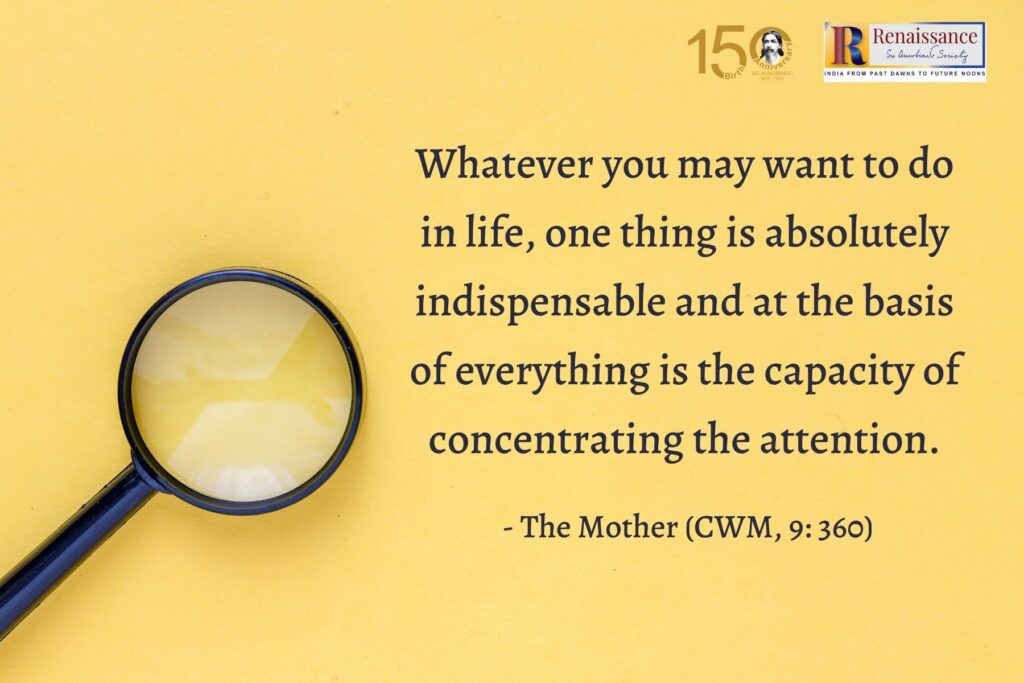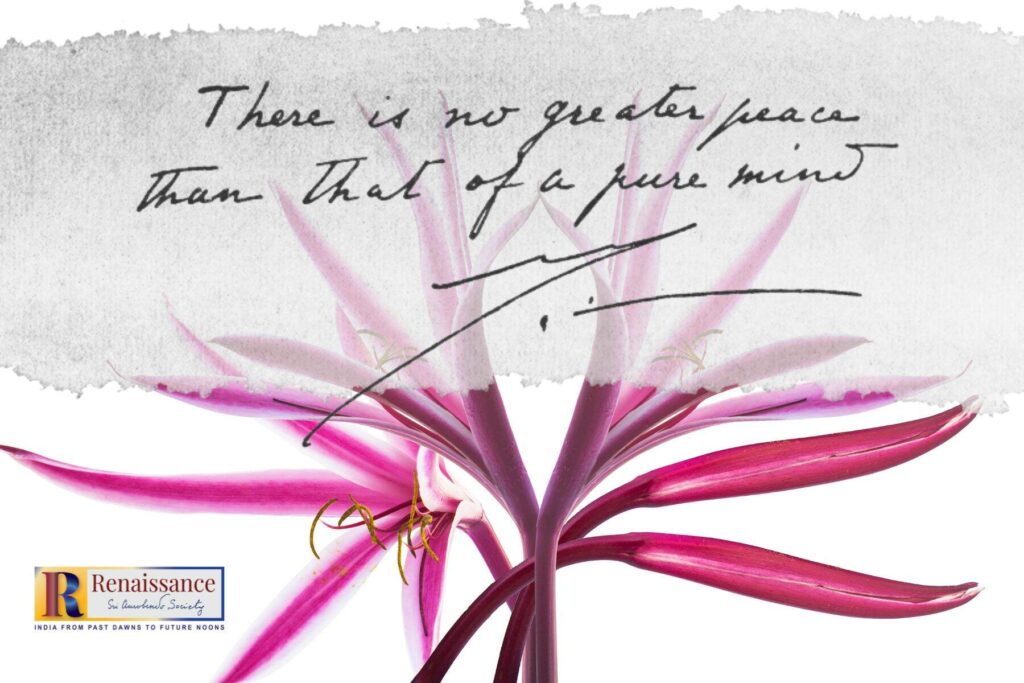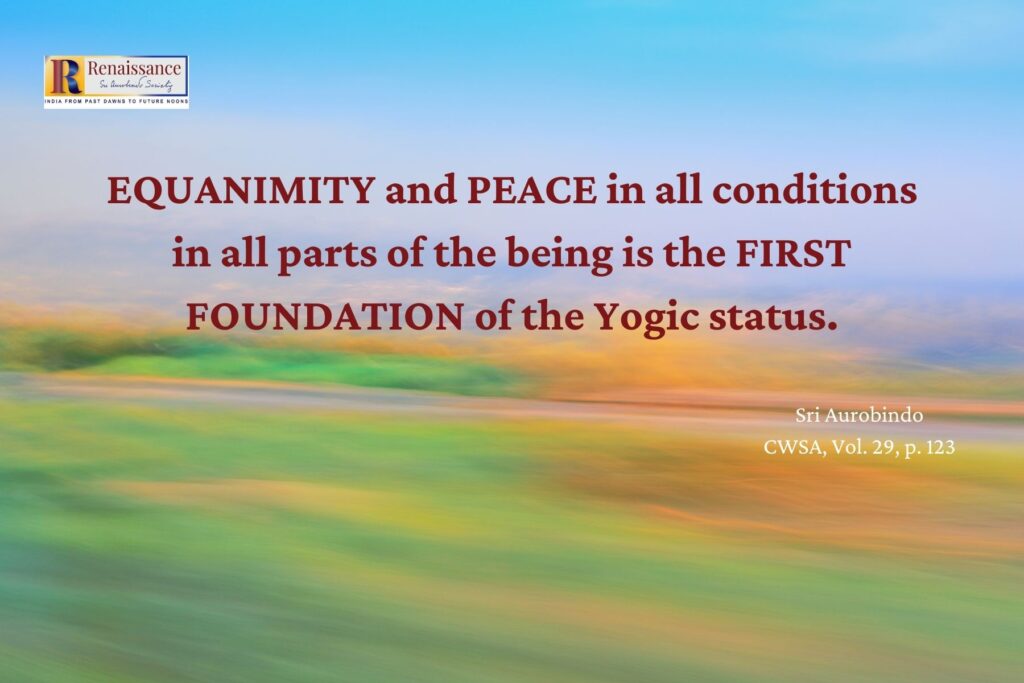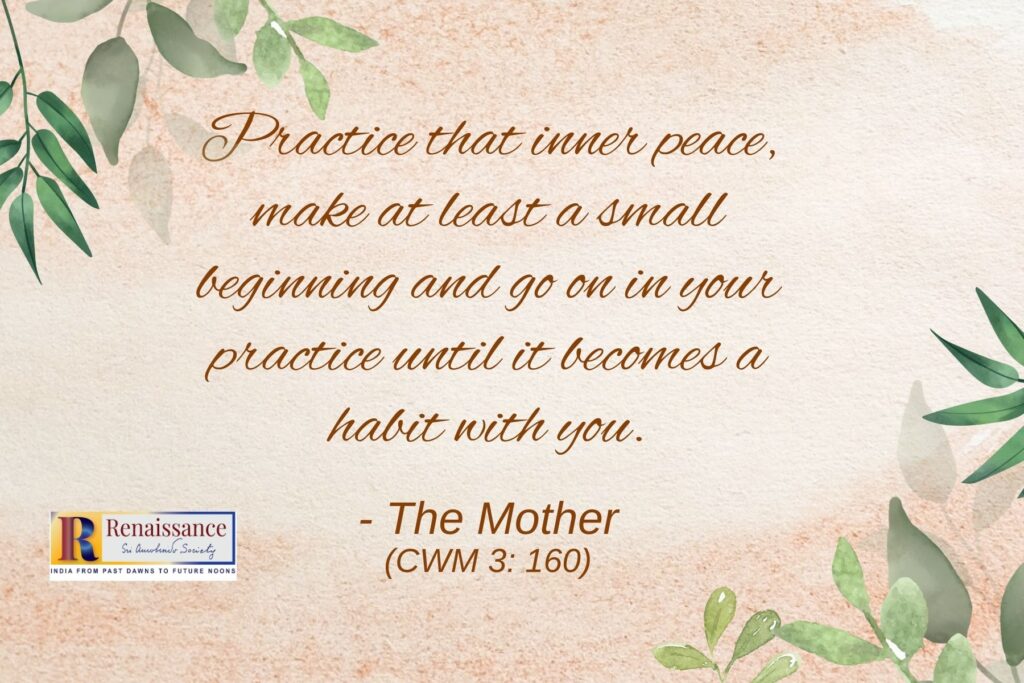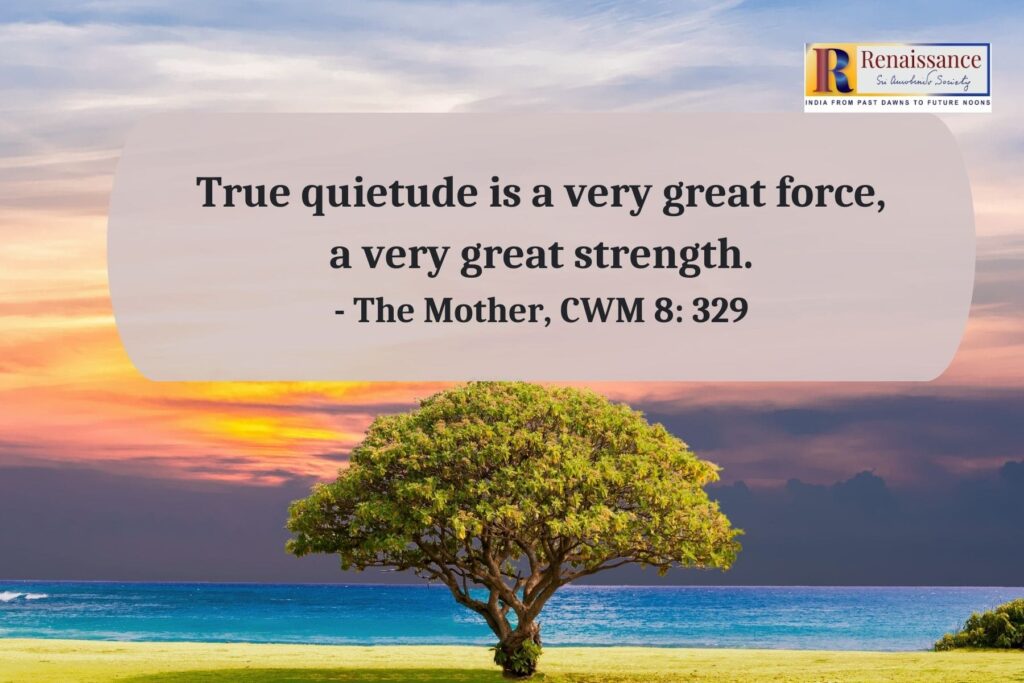Power of Concentration for Enhancing Productivity
The author examines some key challenges with workers’ concentration in the corporate context and sheds light on developing a greater concentration.
Power of Concentration for Enhancing Productivity Read More »

